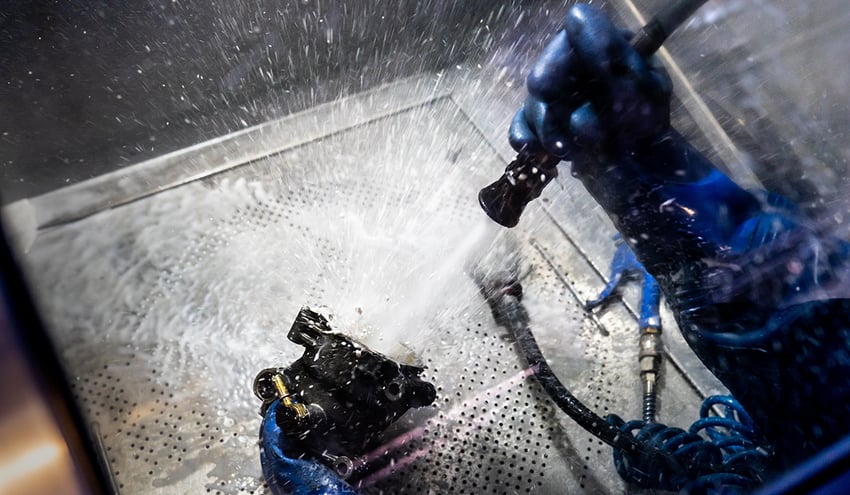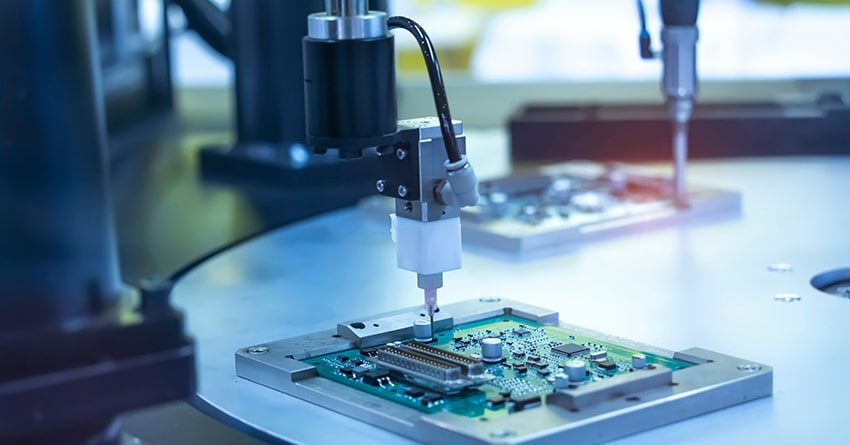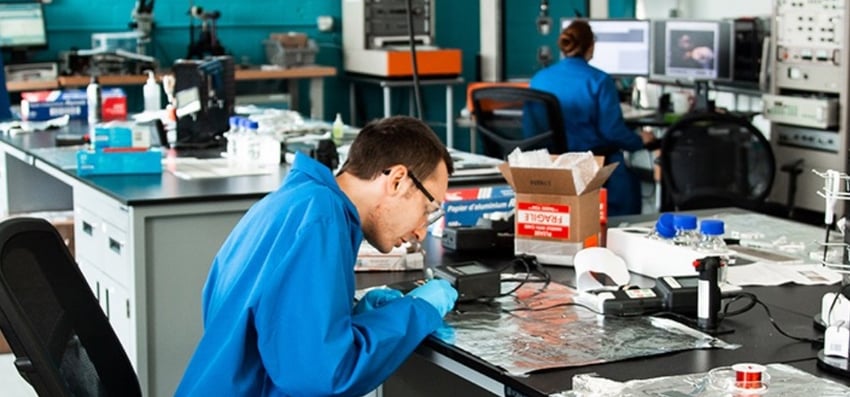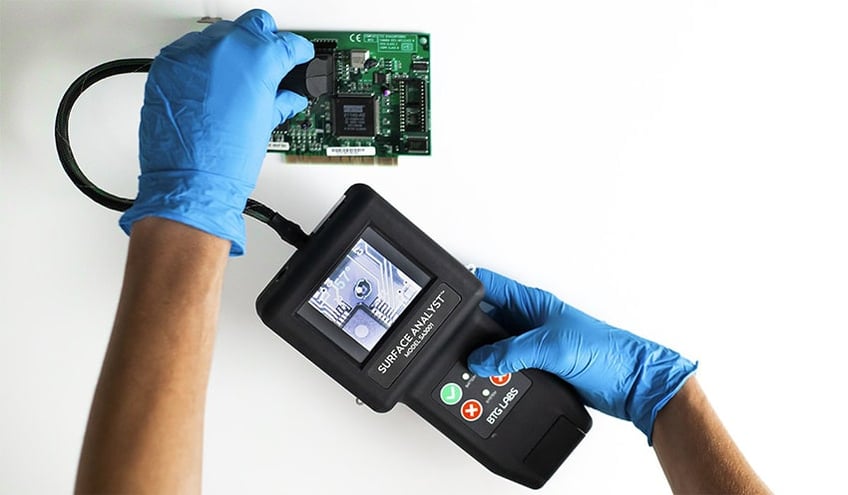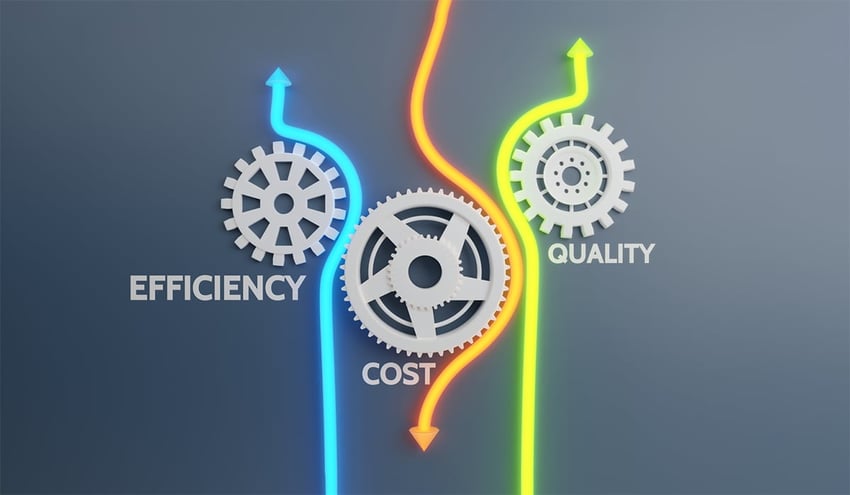Supply chain control ensures that the time, money, and labor put into a production process don’t go to waste. Managing what comes into the production process has a massive impact on how effective and efficient the production process will ultimately be. For companies dealing with bonding, coating, printing, sealing, painting, or cleaning, the adhesion process relies fully upon controlling the state of the material from the very beginning.
The idea of an adhesion process is synonymous with the idea of a production process. Adhesion isn’t merely the final step in the assembly process to an end product. Instead, adhesion is the culmination of holistically managed points throughout the manufacturing process that impact the adhesion and performance of the final product.
These Critical Control Points are points where the material surface has the opportunity to change, intentionally or unintentionally, and are found in every part of the production process. The first Critical Control Point at the beginning (incoming parts) determines how effective all of the downstream operations will be. This Critical Control Point is the building block of the adhesion process.
Why Vendor Compliance Management Programs Need to Include a Surface Quality Specification
Businesses rely on vendor compliance to produce products that meet performance specifications. However, companies pay tremendous amounts of money for rework and scrap without a formal policy covering possible risks.
Surface quality and cleanliness are risks that are often excluded from vendor management policies. As a result, businesses relying on products and components from their suppliers are seeing a significant increase in costs and rework in this area.
Rethink your adhesion manufacturing processes with Surface Intelligence.
Garbage In, Garbage Out
Contaminated Parts Reduce How Long Wash Systems Are Effective
Dirtier-than-expected parts leave more particulate, grease, and other unwanted things behind in cleaning fluids and basins. Operations that change washing solutions based on a timed schedule or the number of parts going into the wash system are 'cleaning' parts using spent wash fluid.
As a result, parts that come out of the wash system are not successfully cleaned because contaminated cleaning fluids in the wash system will transfer to the component's surface and stay there.
In addition, operations often add additional cleaning steps downstream to fix problems with adhesion or coating processes. However, controlling incoming material surface quality via a surface quality specification would eliminate these extra steps.
Manufacturers pay for consistent and clean parts from their suppliers, and suppliers want to provide the products their customers need. Developing a measurable value on the quality of the material surfaces of all incoming parts will satisfy both parties.

Common Specifications that Suppliers Must Meet
In manufacturing, there are hard and fast specifications for all manners of criteria that both suppliers and manufacturers are eager to meet.
Standard quantitative specifications are:
- Dimension
- Torque
- Coating thickness
- Bolt size
- Gloss level
- Strength
- And many more
Even though surface cleanliness is a key aspect of an adhesion process's success, it hasn't been possible to quantify it accurately. In manufacturing, it can be said, "As the surface goes, so goes the adhesion." And it's true.
Since adhesion is a chemical reaction between a surface's top few molecular layers and whatever is applied to that surface, meticulous care needs to be taken to control what happens at that small place. Even a human fingerprint is hundreds of molecular layers thick, so even the most minute contact with a surface can completely obliterate the surface treatment or cleaning that came before. Those microscopic elements can truly make or break your adhesion performance. Failed adhesion performance comes in many different forms. For example, a sunroof blowing off of a vehicle, the screen of a wearable device face breaking off, a bonded engine block leaking, paint adhesion failure on an aircraft, and many more.
How Can Manufacturers Ensure Incoming Surfaces Are Clean?
It starts with R&D and product development. When design and development teams establish how a new product will scale to production, instituting a baseline for incoming material cleanliness should unquestionably be part of the equation. A surface cleanliness specification allows each Critical Control Point (an abrasion step, plasma treatment, short or long-term storage, actual assembly) to accept consistent and verifiably ready materials.
Brighton Science worked with a large electronics manufacturer whose Supplier Quality Manager asked, "How do I create a spec to manage my supply chain to ensure I get clean parts in the door?" It's a great question, and once a product is already in production and experiencing a coating or adhesion problem, it can be challenging to retroactively implement this kind of specification.
The solution is to develop a surface cleanliness standard throughout the new product's lifecycle. When this standard is implemented, everyone involved in the product's development and manufacture gains certainty that all incoming material surfaces meet the quality standard, making each subsequent production step more efficient and effective.
Create a Common Language
Implementing a quantitative and objective specification for surface cleanliness and quality ensures that the entire business, its global manufacturing sites, and its suppliers are all on the same page.
A reliable measurement method (like contact angle) eliminates frustrations caused by subjective tests, such as dyne solutions and water break tests. These testing methods produce results that cannot be reproduced and are functionally inadequate to meet a precise cleanliness guideline.
Optimize the power of next-gen connectivity with data & surface intelligence.
Specifications and controls ensure excellence in other areas of a product's performance, so why wouldn't there be a specification around surface cleanliness?
When suppliers and manufacturers understand the importance of surface cleanliness and implement a common language to measure, monitor, and speak about surface-related issues, everyone within the chain can be more efficient and have a better working relationship to build a better product.
To learn more about controlling the entirety of manufacturing processes to prioritize adhesion and chemical cleanliness, download the eBook Seeing the Unseen: How Surface Quality Data Enhances Risk Prediction in FMEA.

